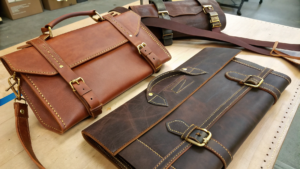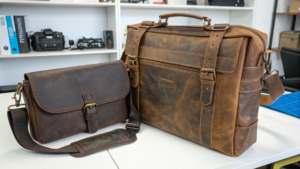Why are insulated steel bottles and mugs so popular?
I've seen insulated steel bottles and mugs go from specialty items to everyday must-haves. It makes me wonder, what makes them so vital in our daily lives?
Insulated steel water bottles and coffee mugs are popular because they perfectly blend convenience, health, and sustainability. They keep drinks hot or cold for hours, are safe to use, and help reduce single-use waste, supporting a more intentional lifestyle.
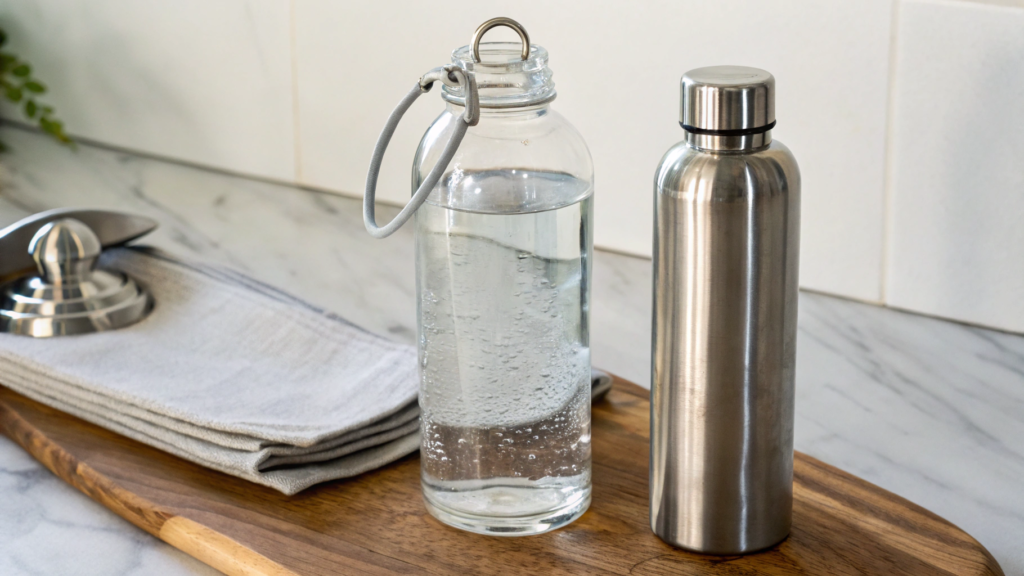
From my perspective, these items are more than just containers. They are tools that help us live better and make smarter choices about what we consume.
Can I put hot coffee in a stainless steel water bottle?
Do you enjoy hot coffee on the go and wonder if your stainless steel bottle is safe for it? Many people ask me about putting hot drinks in these bottles.
Yes, you can safely put hot coffee in a stainless steel water bottle, especially if it's an insulated one. High-quality, food-grade stainless steel is designed to handle hot liquids without leaching chemicals or altering the coffee's taste.

I've learned that the beauty of insulated stainless steel is its ability to hold temperature. This makes it perfect for coffee lovers who want their drink to stay hot for hours.
Why is stainless steel good for hot coffee?
When I talk about insulated stainless steel bottles, I always highlight their ability to handle hot liquids like coffee. There are a few key reasons why they are a great choice. First, food-grade stainless steel is non-reactive. This means it will not affect the taste of your coffee, unlike some other materials. Second, it does not leach chemicals. You do not have to worry about harmful substances getting into your hot drink. Third, insulated bottles keep coffee hot for a long time. The vacuum insulation1 creates a barrier that slows down heat transfer. This means you can enjoy hot coffee hours after you pour it.
| Feature | Benefit for Hot Coffee | Practical Impact |
|---|---|---|
| Non-Reactive Material | Stainless steel does not interact with acidic coffee. | Coffee tastes pure; no metallic or strange flavors. |
| No Chemical Leaching | Food-grade stainless steel is free from harmful chemicals (e.g., BPA). | Safe to drink hot coffee without worrying about toxins. |
| Vacuum Insulation | Creates a thermal barrier that traps heat inside. | Coffee stays hot for 6-12 hours, depending on the bottle. |
| Durability | Resists dents and breakage, even with daily use. | Long-lasting companion for your daily coffee ritual. |
| Easy to Clean | Smooth, non-porous surface prevents odors and stains. | Maintains hygiene and prevents coffee residue buildup. |
I once had a client who was a busy professional. They loved their morning coffee but always found it cold by the time they got to the office. I recommended an insulated stainless steel mug. They told me it changed their mornings. Their coffee stayed hot, and they could savor it without rush. This showed me how much a good insulated bottle can improve someone's daily routine.
Are stainless steel mugs2 safe for coffee?
Do you ever wonder if those sleek stainless steel mugs are truly safe for your daily coffee? It's a question I get often, and it's important to know the facts.
Yes, stainless steel mugs are very safe for coffee. High-quality food-grade stainless steel3 (like 18/8 or 304) is non-toxic, non-reactive, and does not absorb flavors or chemicals, ensuring your coffee tastes pure and remains free from contaminants.
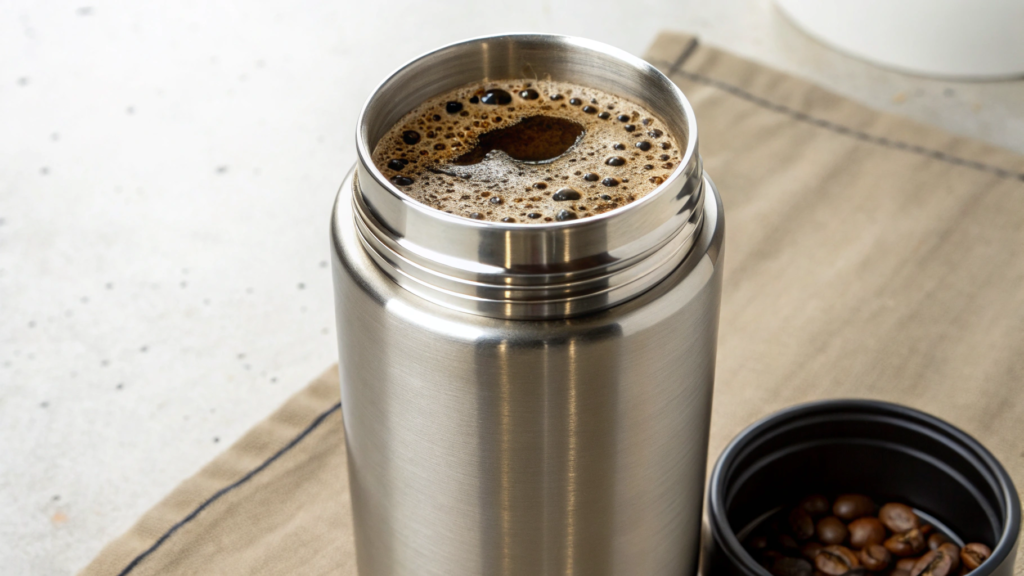
From my experience helping businesses choose corporate gifts, the safety of materials is always a top concern. Stainless steel consistently proves to be a reliable and safe choice for drinks.
Why choose stainless steel mugs for your coffee?
When I explain why stainless steel mugs are safe for coffee, I focus on the material itself. They are a much better choice than some other options. First, food-grade stainless steel is incredibly stable. This means it will not break down or react with your hot coffee. You will not get any strange metallic taste. Second, it is free from harmful chemicals. Unlike some plastics, stainless steel does not contain BPA or phthalates. This means no worrying about toxins in your drink. Third, it resists odors and stains. This makes it easy to keep your mug clean and your coffee tasting fresh every time.
| Safety Aspect | Explanation | Benefit to Coffee Drinker |
|---|---|---|
| Non-Toxic Material | Made from alloys like 18/8 or 304, which are inert and safe for food contact. | No harmful chemicals or toxins leach into your coffee, ensuring a pure drink. |
| No Flavor Absorption | The non-porous surface does not absorb previous drink flavors. | Your coffee always tastes like coffee, without lingering tastes from tea or other beverages. |
| Resistant to Stains | Smooth surface prevents coffee stains from setting in. | Mug stays looking clean and new; easy to wash off coffee residues. |
| Durable & Break-Resistant | Unlike glass or ceramic, it won't shatter if dropped. | Safer for daily use, especially on the go; reduces risk of accidents. |
| Maintains Temperature | Insulated versions keep coffee hot for longer periods. | Enhances enjoyment, allowing you to savor hot coffee without rush. |
I remember a client who switched from a ceramic mug to a stainless steel travel mug for their daily commute. They told me how much they appreciated that their coffee stayed hot and tasted fresh even after an hour in traffic. They also liked not worrying about breaking it. This confirmed for me that the safety and practical benefits of stainless steel mugs make them an excellent choice for coffee lovers.
What food should not go in stainless steel?
Do you know there are some things you should not put in your stainless steel bottle or mug? It's important to be aware to keep your bottle in good condition and your drinks safe.
While stainless steel is highly versatile, you should avoid storing highly acidic foods or drinks, like fermented foods or certain strong fruit juices, for very long periods. Prolonged exposure to extremely salty solutions can also potentially cause pitting or corrosion over time.
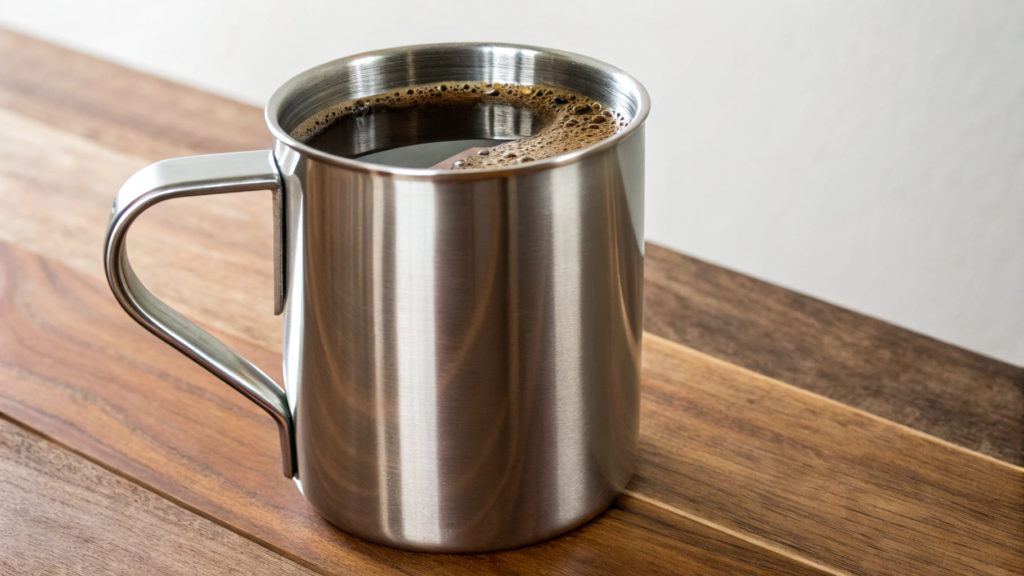
From my experience, understanding material limits is key. Stainless steel is amazing, but it's not invincible. Knowing what to avoid helps your bottle last.
Which items are best kept out of your stainless steel bottle?
While stainless steel is generally safe, there are a few things that are best not stored in it for a long time. This is because they can potentially harm the steel or affect your drink. First, highly acidic foods or drinks, like strong vinegar, fermented foods, or very concentrated fruit juices (e.g., pure lemon juice), should not be left for days. The acid can slowly wear down the protective layer of the steel. Second, very salty solutions, such as brine or heavily salted broths, can also cause issues. Prolonged contact with salt can lead to pitting or small rust spots. Always rinse your bottle thoroughly after using these items.
| Item Type | Reason to Avoid Long Storage | Better Alternative for Long Storage |
|---|---|---|
| Highly Acidic Liquids | Can corrode the passive layer of the stainless steel over very long periods. | Glass containers, or consume quickly and wash thoroughly. |
| Fermented Foods/Drinks | Contains high acidity and active cultures that can be aggressive on steel. | Glass jars or ceramic crocks. |
| Brine/Highly Salty Solutions | Can cause pitting or localized corrosion (even on good stainless steel). | Use for short periods, then empty and wash immediately. |
| Bleach or Chlorine-Based Cleaners | Can severely damage the protective layer of stainless steel. | Use mild dish soap and water; avoid harsh chemicals. |
| Dairy Products (unrefrigerated) | Can spoil quickly and leave strong odors or residues. | Not a material issue, but a hygiene issue; use for short periods and wash immediately. |
I once had a customer who used their stainless steel bottle to carry homemade kombucha every day and rarely washed it thoroughly. After a few months, they noticed tiny pits inside. It turned out the continuous exposure to the highly acidic kombucha was the cause. Once they switched to a glass bottle for kombucha and used the stainless steel for water, the problem stopped. This shows that understanding these small limitations helps ensure your stainless steel products last and stay safe.
Conclusion
Insulated steel bottles and mugs are safe for hot coffee. You can put hot coffee in them easily. Avoid keeping very acidic or salty foods in them for long.



